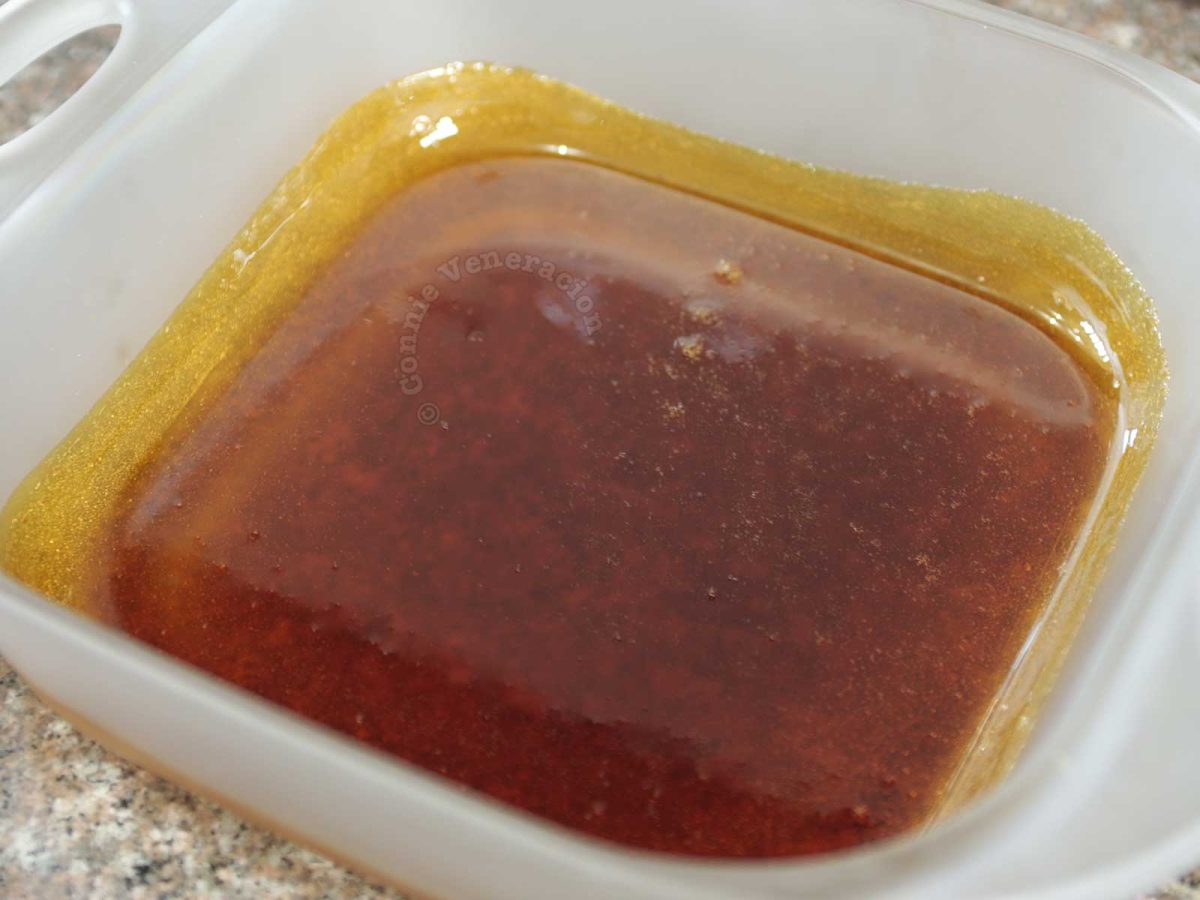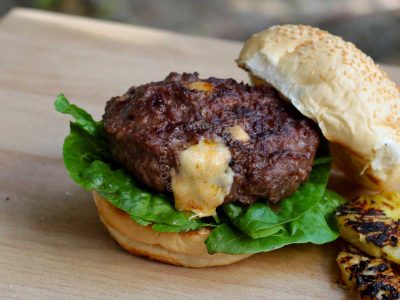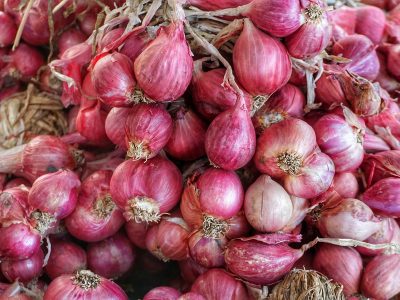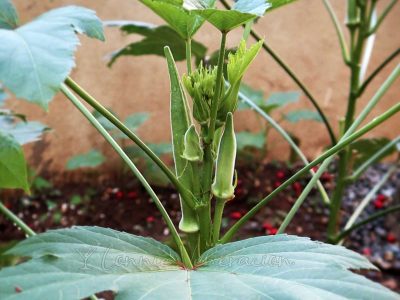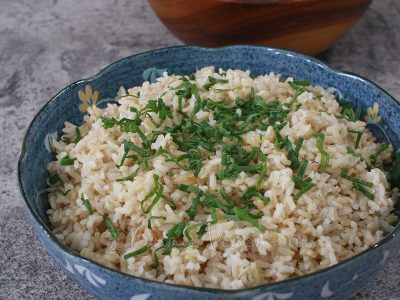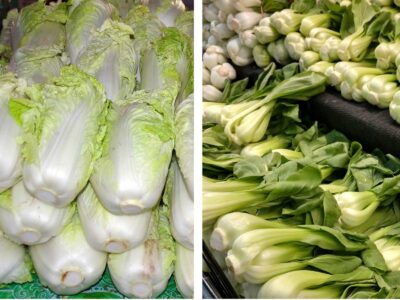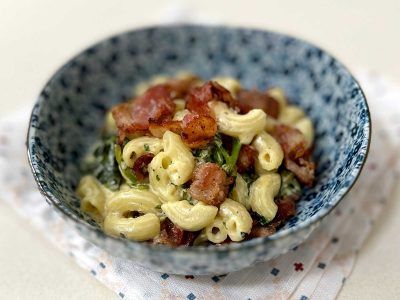There are only two things you need for caramelizing sugar — water and sugar. The ratio between water and sugar depends on how thin or how thick you want the resulting caramel to be. I know some cooks who simply melt sugar without any water but sugar burns too fast that way.
For purposes of this tutorial, the caramel we are creating is of the consistency we need for glazing custard cake.
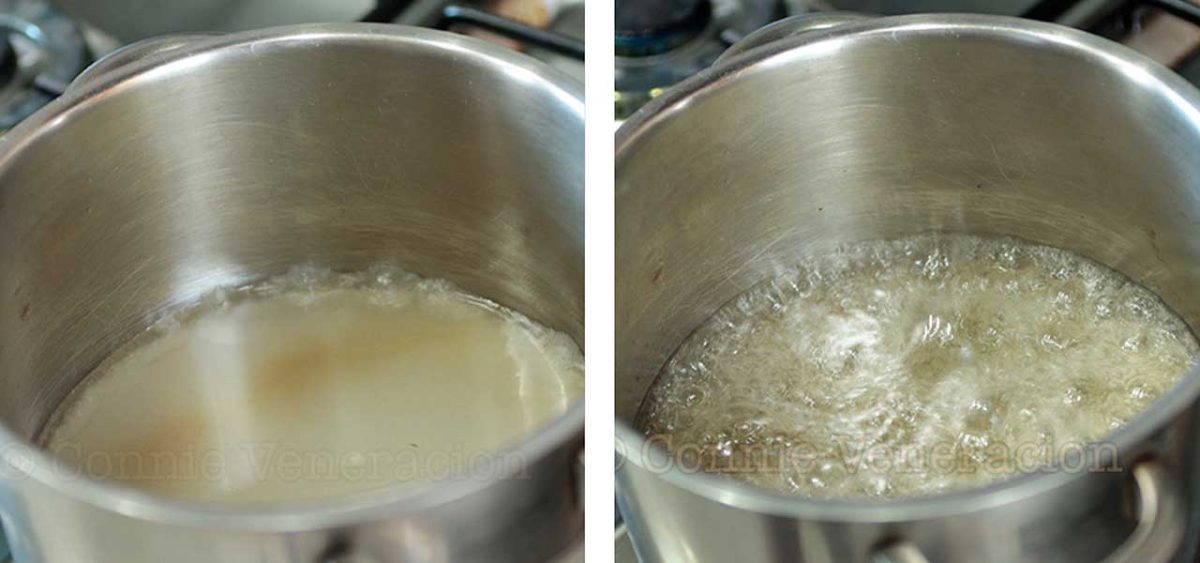
First, place the sugar and water in a thick bottomed pan. For about half a cup of caramel, use 1 cup of white sugar and 1/4 cup of water. Just place them in the pan — don’t stir.
Turn the heat to high and bring the water and sugar to the boil without stirring. Then, lower the heat to medium-high and continue boiling.
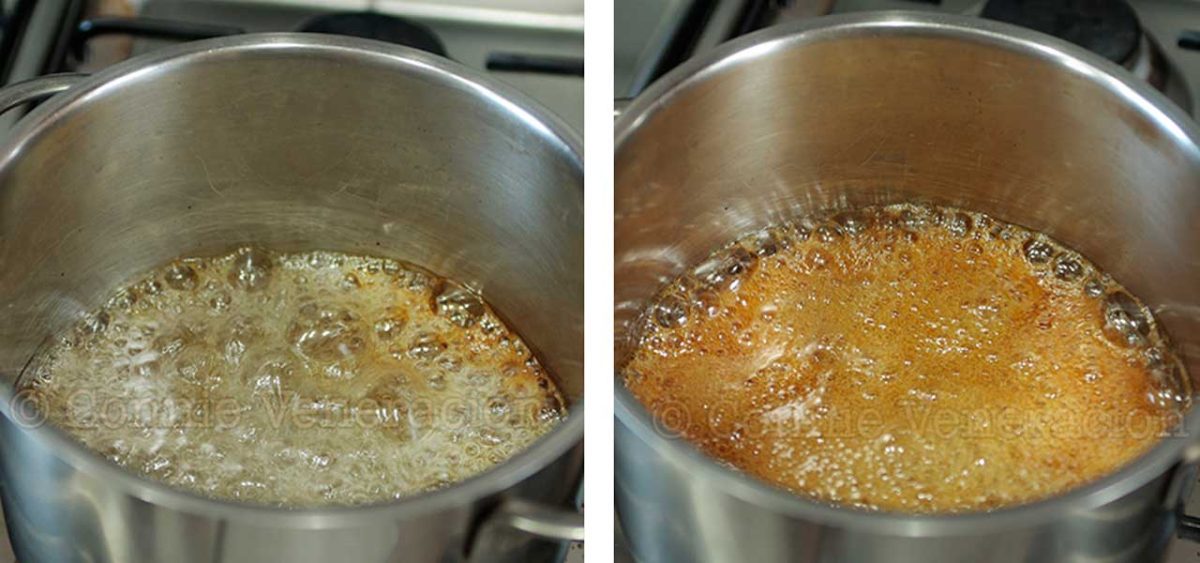
After about 8 minutes, the mixture will start to brown. If the mixture along the edges of the pan brown much faster, swirl the pan to even out the coloring. Continue boiling until the liquid is the color of amber.
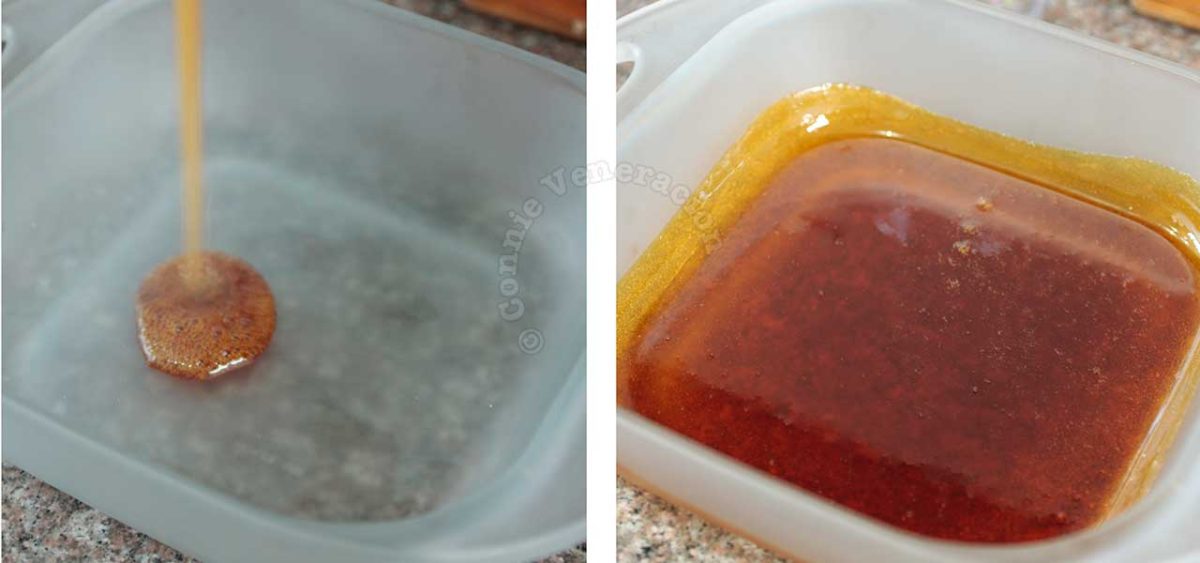
The caramelized sugar is of perfect pouring consistency at this stage. Use it at once.
If you’re glazing custard cake or leche flan with it, pour it into the mold immediately. Caramelized sugar hardens fast — within a minute, you will no longer be able to pour it.

